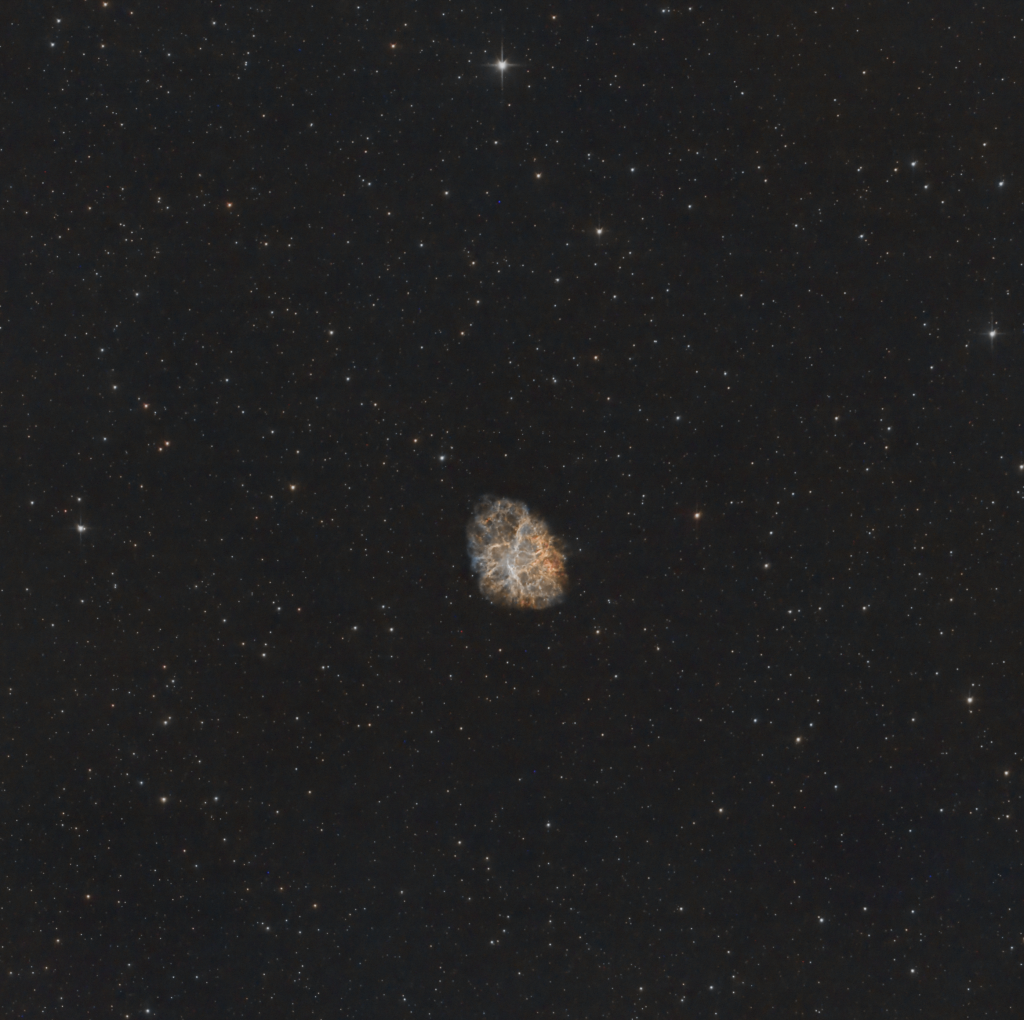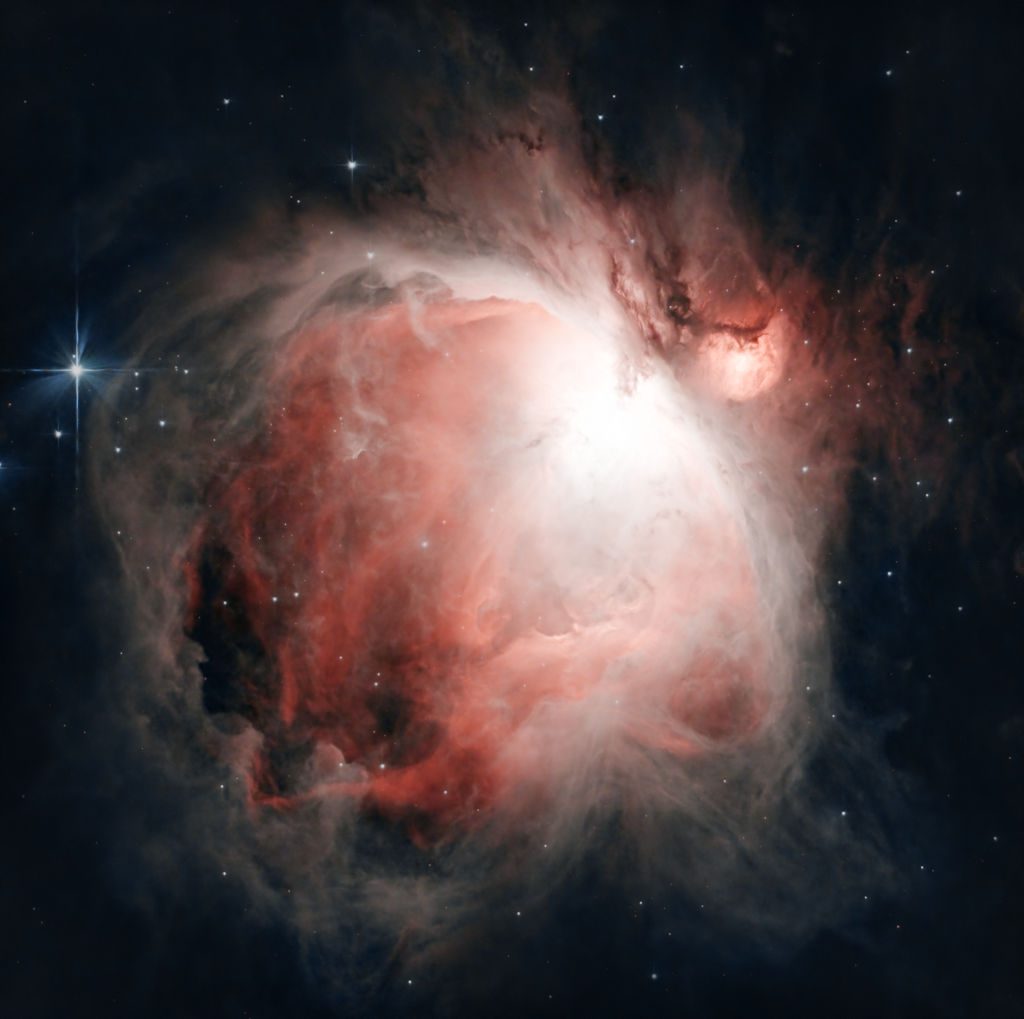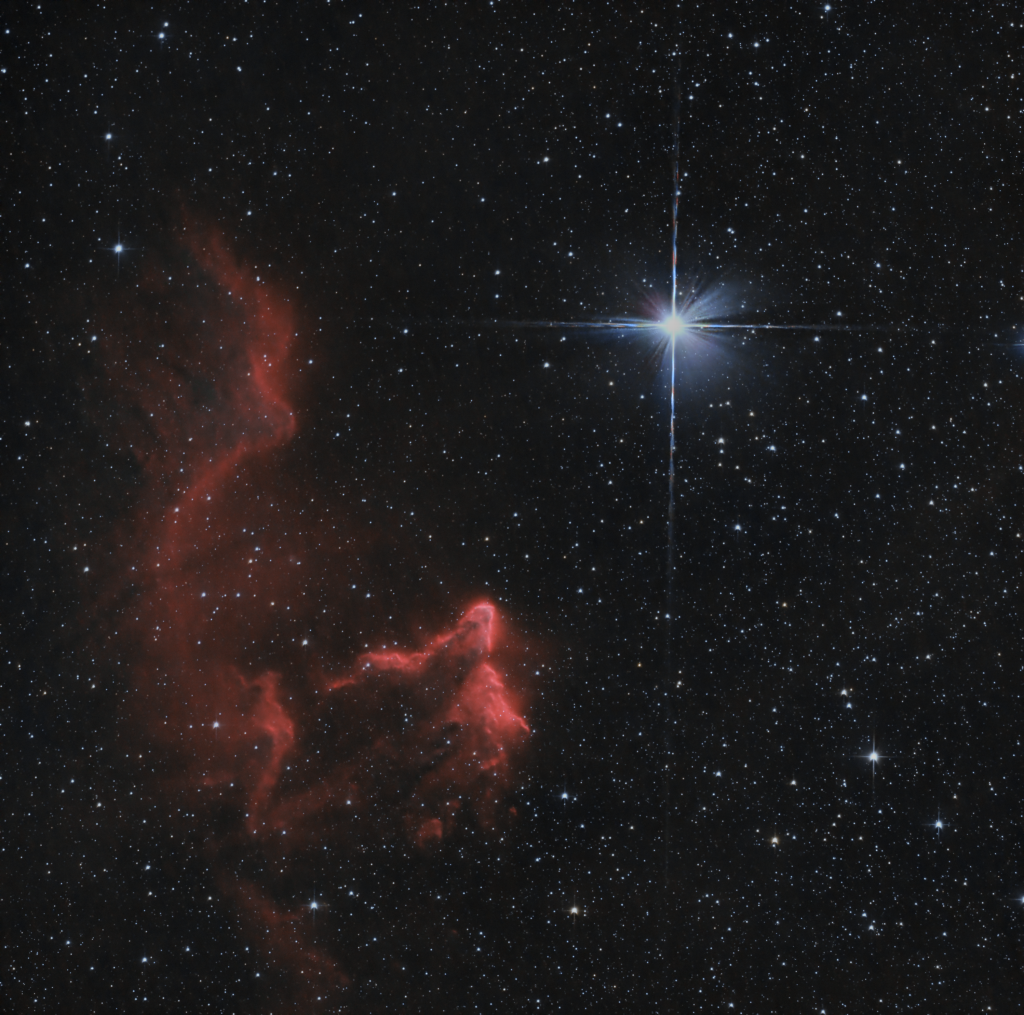Bright objects
Imaging has been difficult lately. There are however brief spells where clouds seem to disappear and the cold, dry air results in amazing moments of clarity. So I end up just shooting through the clouds, dropping a lot of data in processing and try to work with the few gold nuggets that remain.
I don’t really mind, my hope is that conditions will improve in winter & spring for galaxy season, those are the targets I enjoy most.
I managed to shoot two more objects. The first is The Crab Nebula (also Taurus A or Messier 1). It’s one of the best known supernova remnants, the first object on the Messier list and easy to find and shoot. The story of this object is interesting because we know now that Chinese astronomers observed the supernova happening in the year 1054.

The second object is the brightest and closest nebula in the night sky, the Orion Nebula. While I’m very happy with the colors and the detail in this image, I still think this object is way more rewarding with visual astronomy. Through a telescope the Orion Nebula is one of the few objects where we can actually see color and it’s one of the most spectacular visual objects in the sky.

